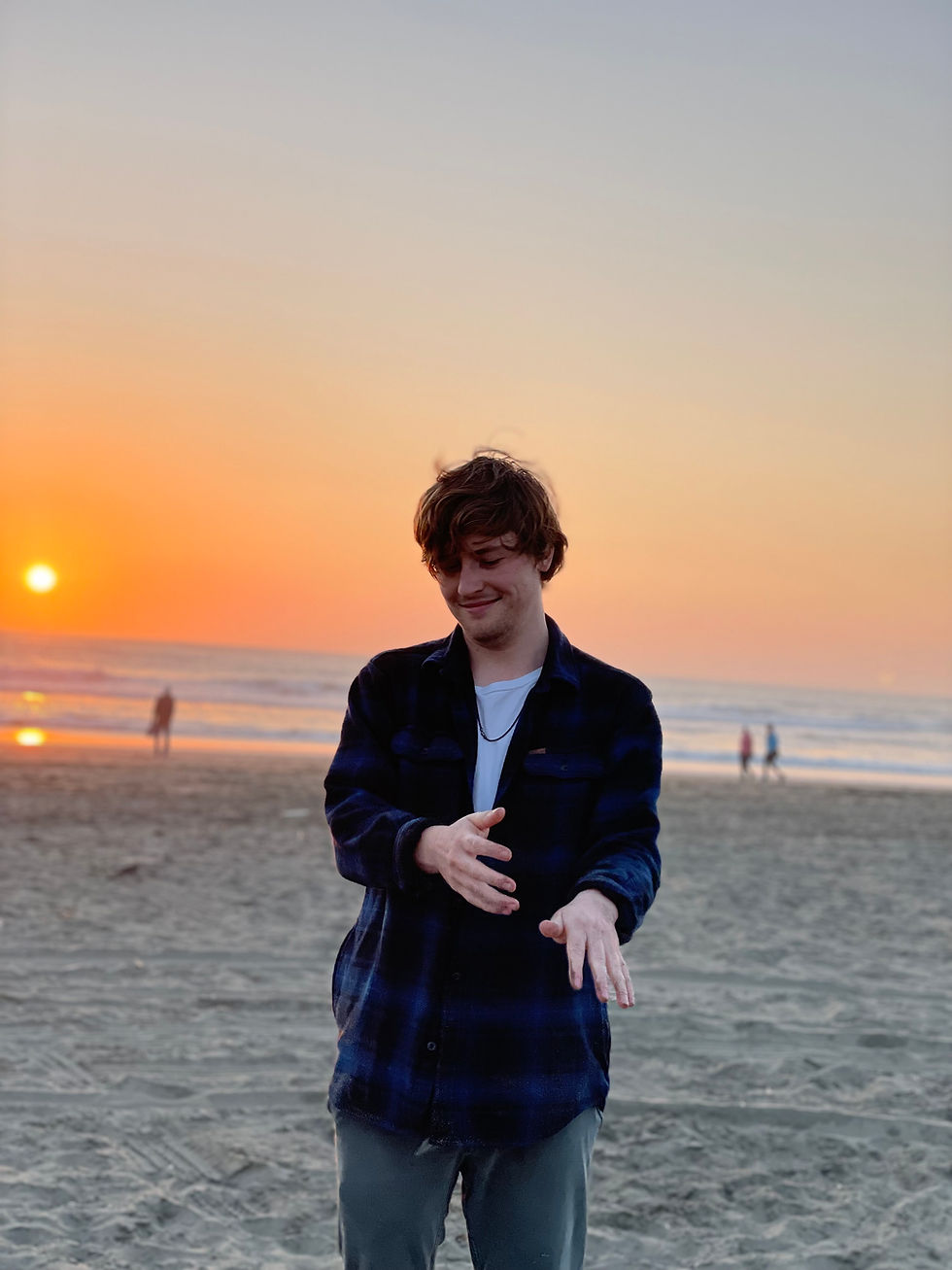Building the Trio Sonata Cycle | Preview: The Harpsichord
- Leah Froyd
- Aug 17
- 3 min read
Updated: Aug 18
Welcome to our fourth and final installment of our preview to Building the Trio Sonata debuting later this week! This week we will discuss the Harpsichord, a predecessor to the modern piano and one of the most essential classical music instruments in Europe from the 16-18th centuries.
Concert Schedule
we suggest a voluntary donation of $35 as part of your reservation to help support future Insight projects and to keep current programming accessible to everyone.
The Harpsichord


The harpsichord (left) and clavichord (right) invented out of development of zither and dulcimer. These instruments along with the lute and harp were most commonly used in secular settings. As with all keyboard instruments prior to around 1890, Harpsichords did not have standardized keys or ranges and thus had a wide and eclectic range of repertoire still studied and performed and today.
Watch the video below to see a demonstration of the plucking mechanism which gives it its signature sound:
One of the earliest known composers to write for the harpsichord was William Byrd (1540-1623), an English composer who lived during the Renaissance period. Listen for the rhythmic, “strumming” pattern below the melody thus showing the close relationship between harpsichords and other basso continuo instruments mentioned above like the lute.
The harpsichord and its music continued to evolve during the baroque era when it took on a solo role resulting in many more experimental and virtuosic solo repertoire written during this time. The iconic timbre of the harpsichord has and continues to inspire artwork across different time periods and art forms. One of very special piece written for harpsichord in the early 17th century is Les barricades mystérieuses written by François Couperin.
This piece was written in in lute style or style brisé. The term, style brisé alludes to the way in which the chords were arpeggiated and disjointed melodic lines similarly to those of a piece written for lute. It was very fashionable during the Rococo time period (approx. 1700-1770s) but has been referenced many times since then by other composers like Debussy and was used in Sophia Coppola’s film, Marie Antoinette (2006).
It features an ornate four part harmony overlapping with itself in a mesmerizing, kaleidoscope-like pattern. Listen for the delicate timbre of the instrument and try to pick out a few of the musical patterns.
To hear the harpsichord live, join us at our concerts this weekend and next weekend! We will be welcoming esteemed harpsichordist, Yunyi Ji who will play both solo and in our chamber ensemble!!

Want to hear it in person?
Have burning questions about the music?
Have something else to share with other members of our community?
Our general admission sale is currently underway for our next concert series in San Francisco. You can now reserve a seat at any of our upcoming concerts!!
Program
Cento partite sopra passacagli, F 2.29 | Girolamo Frescobaldi (1583-1643)
Cello Sonata in D major No. 1 | Giovanni Platti (1697-1763)
Selection TBD
Violin Sonata in G Major BWV 1021 | J.S. Bach (1685-1750)
Selection TBD
--Intermission--
Sonata in A Major Op. 3 | Jean Marie Leclair (1697-1764)
Sonata da chiesa a tre in F Major | Arcangelo Corelli (1653-1713)
I. Grave
II. Allegro
III. Vivace
IV. Allegro
Homage to Corelli | Cooper Grosscup b. 1994
I. Grave
II. Allegro
III. Vivace
IV. Allegro







Comments